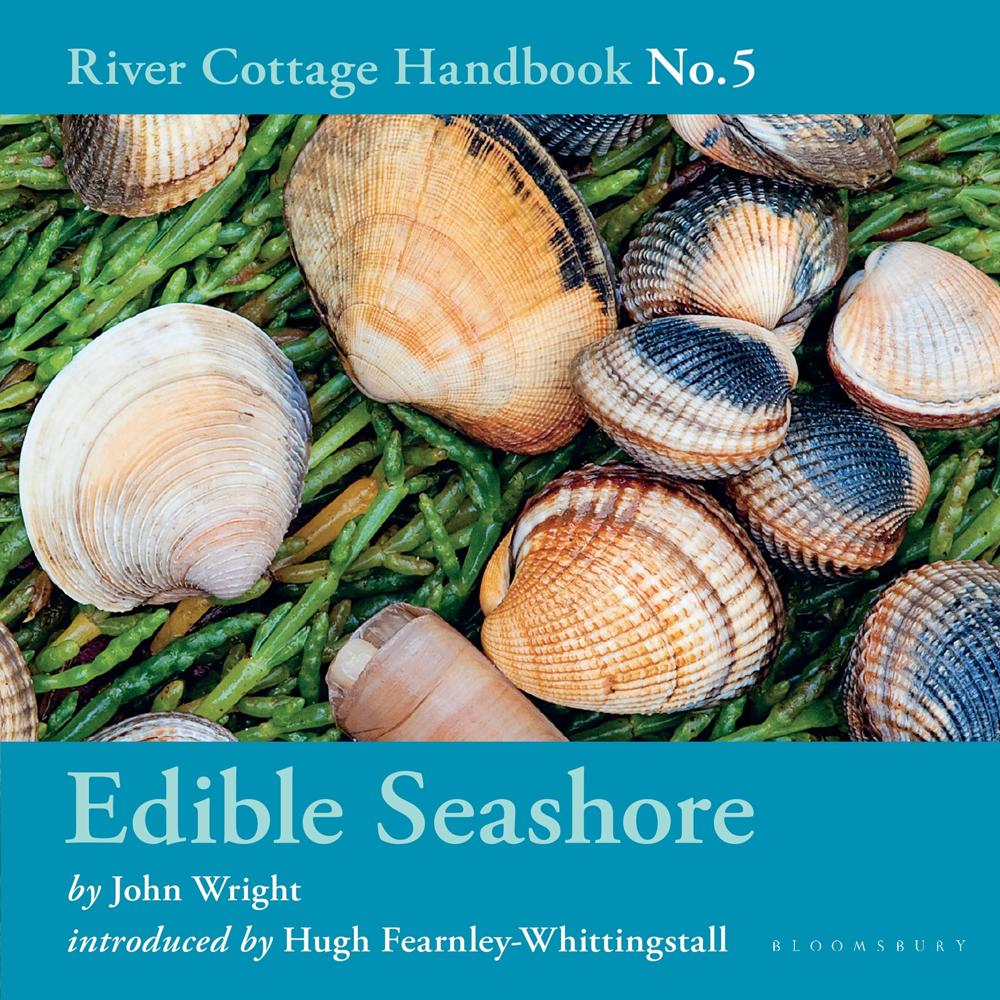
Edible Seashore
- Author John Wright
- Narrator Hugh Fearnley-Whittingstall, Richard Trinder
- Publisher Bloomsbury Publishing
- Run Time 6 hours and 6 minutes
- Format Audio
- Genre Cookery / food by ingredient: fish and seafood, Cookery / food by ingredient: fruit and vegetables, Sea life and the seashore: general interest.
Titles Purchased
- 1-5
- 6-10
- 11-15
- 16-20
- Over 20
Price p/Title
- £7.99
- £6.99
- £5.99
- £4.99
- £3.99
Listen to a sample
What to expect
Next comes the nitty-gritty: all the main British seashore species that one might be tempted to eat. The conservation status, taste and texture, availability, seasonality, habitat, collecting technique and biology of each species is covered; there are also quite a few gratuitous but fascinating diversions. The species covered include
crustacea (brown shrimp, common crab, lobster, prawn, shore crab, spider crab, squat lobster, velvet swimming crab); molluscs (clams, cockle, dog whelk, limpet, mussel, oyster, razor clam, winkle); mushrooms; plants (alexanders, babbington's orache, fennel, frosted orache, marsh samphire, perennial wall rocket, rock samphire, sea beet, sea buckthorn, sea holly, sea kale, sea purslane, sea rocket, spear-leaved orache, wild cabbage, wild thyme); and seaweed (carragheen, dulse, gut weed, laver, pepper dulse, sea lettuce, sugar kelp, kelp).
Finally, there are thirty brilliant recipes. Introduced by Hugh Fearnley-Whittingstall, Edible Seashore is destined to join the other handbooks in the series as an indispensable household reference.
Critics Review
-
‘A perfect, and beautiful, book for beginners or intermediate-level shore-foragers’
Guy Dimond, Time Out -
Whether you’re an avid forager or simply keen to try something new, here’s the ideal guide to wild food on our coastline. It covers around 40 seaside species in depth, so you can safely gather your ingredients, confident that they are both edible and ecologically sound. The conservation status of each creature and plant is clearly highlighted, as well as the areas you are most likely to find them. There are also recipes for your bounty – you’ll be amazed at what you can do with seaweed, and there are plenty of tasty suggestions for the better-known seashore finds too.
Handmade Living -
If you have yet to come across the River Cottage Handbooks, I can’t recommend them enough
Rachel Khoo, Daily Mail
Subscribe to our newsletter
Sign up to get tailored content recommendations, product updates and info on new releases. Your data is your own: we commit to protect your data and respect your privacy.